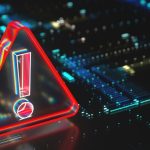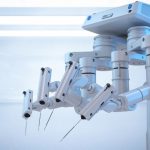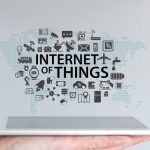Tesla has set the stage for further expanding its technological reach by publicly discussing ongoing work on a series of custom artificial intelligence chips, extending beyond what is currently implemented in its vehicles. The distinctive nature of this announcement lies in how far Tesla is looking ahead; with production on the AI5 chip actively in review, CEO Elon Musk also referenced development on even more advanced chips, designated as AI6, AI7, and AI8. This move signals a long-term strategy that stretches across multiple product generations, aiming to address increasing computational demands not only for Tesla’s cars and Robotaxi service but also for new product lines such as the Optimus humanoid robot.
When similar news about Tesla’s AI chip developments first surfaced, updates were primarily focused on the immediate successor to Tesla’s AI4 hardware, which runs in today’s vehicles and Robotaxi service. Earlier reports centered on the boost in Full-Self Driving capabilities and enhanced data center operations. Since then, Musk’s public comments have shifted towards a multi-generational outlook, highlighting future hardware that could potentially serve far broader applications than those initially announced. Unlike earlier communications that spotlighted near-term improvements, Musk’s latest remarks reveal a bigger and more forward-looking commitment to custom silicon development at Tesla.
What are the highlights from the AI5 chip design review?
During his recent post on X, Musk disclosed that Tesla engineers in both California and Texas had concluded a design review for the AI5 chip, which is anticipated to boost processing capability by up to forty times over the current AI4 chip. Musk followed up by mentioning that additional design reviews and a demonstration of the Optimus robot were scheduled shortly thereafter. Aimed at both current vehicle operations and future projects, the AI5 chip’s development involves key manufacturing partners, including Samsung in Texas and TSMC in Arizona.
How might the new chips support Tesla’s broader goals?
Tesla has stated that the AI5 chip is intended not just for vehicles but also for more demanding applications, such as humanoid robots and large-scale data center operations. The company’s vertically integrated approach, in which it oversees both hardware and software design, is intended to streamline product development and enable closer alignment between silicon and end-user applications. As Musk explained, Tesla is aiming to maintain an “oversupply” of AI5 chips to accelerate the rollout and support new robotics and AI-driven services.
What plans exist for further chip generations?
Building upon AI5, Musk confirmed rapid succession of subsequent versions, extending at least to the AI8 chip. He characterized this development pipeline as essential for keeping pace with increasing AI workloads across Tesla’s planned product lineup. These plans further stress how crucial in-house chip design has become for the company’s ambitions. As Musk noted,
“AI6 and AI7 will follow in fast succession. AI8 will be out of this world.”
He later added,
“Chip design review continues tomorrow, followed by Optimus demo review.”
Looking at the breadth of information provided, Tesla’s strategy to develop multiple generations of AI chips illustrates a strong intent to match the rising complexity of autonomous vehicles and emerging robotics solutions. Unlike announcements from other automotive and technology firms, Tesla’s openness about planning several chip iterations reflects both confidence and the inherently long timescales needed for hardware innovation. For those following Tesla’s trajectory, these repeated investments in custom AI silicon may offer the company tailored performance in a competitive space, and could also yield lessons for other organizations navigating the intersection of advanced hardware and integrated software. Readers interested in the implications of chip supply for AI advancement may wish to follow how surplus chips are utilized across evolving product categories, whether in robotics, data centers, or new AI-enabled vehicles.










